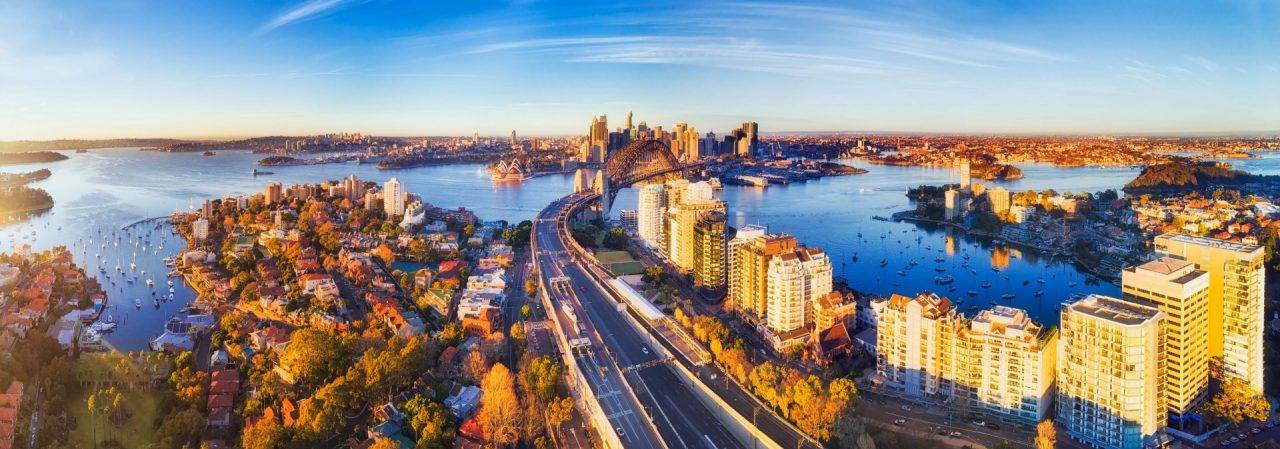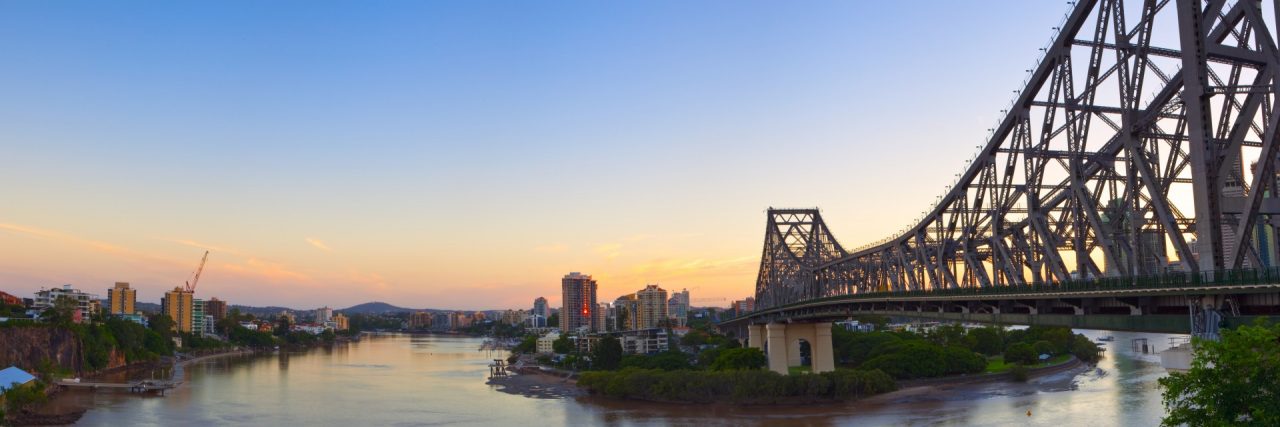However the Coronavirus pandemic evolves going forward, Australia has an economic plan ready: move forward with approved investments, find new resources, and speed up strategic infrastructure projects.
Australia has a history of using infrastructure as a way to support economic growth. The construction of the Sydney Harbour Bridge was completed in the 1930s, and the first Snowy Mountains Hydroelectric Scheme, Tasmania’s huge hydroelectric pumping station for water management, was built between 1949 and 1974.
According to Ernst&Young analysis of figures from the Australian Bureau of Statistics, every AU$1 billion (US$728 million) invested results in the creation of 2,700 direct and 2,900 supporting jobs, as well as an added value for the national economy of AU$800 million (US$583 million).
No wonder then that in August, Infrastructure Australia published its 2020 Infrastructure Priority List, presenting it as a list of essential projects to support post-Covid recovery.
Priority works for Australia
“Australia is planning its recovery from a rolling series of crises: drought, flood, the bushfires and now COVID-19,” said Infrastructure Australia CEO Romilly Madew when describing the challenges facing the country in the coming months.
Infrastructure Australia has published a list of 155 infrastructures of national priority it says are necessary to restart the economy and improve the quality of life of for all Australians. These complex infrastructure projects together require investments of US$47 billion (AU$34 billion), ranging from high-speed rail to new highways, from hydroelectric plants to city subways.
This map of priorities has been updated since its last publication in February to respond to the changing needs for economic recovery dictated by the Covid-19 crisis. Infrastructure Australia, of course, is not the only agency facing this challenge. But decision to stimulate investment is in line with the federal government’s policy, which at the start of the summer announced plans to fast-track major infrastructure projects to support the country’s recovery.
Among these is also the ambitious project Snowy 2.0 (realized by WeBuild Group and Australian company Clough), a major expansion for the Snowy Mountains Hydro-electric Scheme. It will add 2,000 megawatts (MW) of generating capacity to the Scheme’s 4,100 megawatts (MW), as well as add 350,000 MW hours of large-scale storage.

Major projects to relaunch the economy
In June, the government announced a plan to accelerate the approval of 15 major projects to stimulate the country’s economic recovery, through infrastructure investment in Australia.
Among the projects include the long-promised US$7.3 billion (AU$10 billion) railway line between Melbourne and Brisbane, a second underwater power cable to bring Tasmanian hydropower to the mainland, the expansion of the Olympic Dam in South Australia.
Prime Minister Scott Morrison said in June that these projects should create 66,000 direct and indirect jobs.
To achieve this goal, the government is speeding up of the approval procedures process for the projects, which – instead of the usual three and a half years – should be completed within the next 21 months.
The evident impact in terms of jobs created goes hand in hand with the economic impact. According to the Infrastructure Sustainability Council of Australia (ISCA), every Australian dollar invested in infrastructure projects that meet the social and environmental needs of the country produces a wealth of up to AU$2.40 dollars (US$1.70).

Queensland responds to government appeal
The state of Queensland was one of the first to respond to the federal government’s call, confirming its plan to support major ongoing infrastructure projects as a key part of its Covid-19 recovery plan. “We’ve seen through our recovery efforts following natural disasters, that investing in infrastructure helps local economies bounce back faster,” says Queensland’s Treasurer and Minister for Infrastructure and Planning Cameron Dick. “The COVID-19 pandemic is a different kind of disaster compared with a cyclone or bushfire, but our focus remains on helping communities rebuild and keeping Queenslanders in work.”
So the response of the local government has come through the allocation of AU$51.8 million (US$39 billion) in government guarantees on investments already planned, public and private, which will cover the work planned until 2023. In addition to this, the government has allocated another AU$400 million (US$291 million) for the construction of new roads and bridges.
Projects already underway include the Cross River Rail, the 10.2-kilometer subway line that will cross the center of Brisbane, and the extension of the Bruce Highway and the M1 between Brisbane and the Gold Coast, for a total investment of AU$23 billion.

